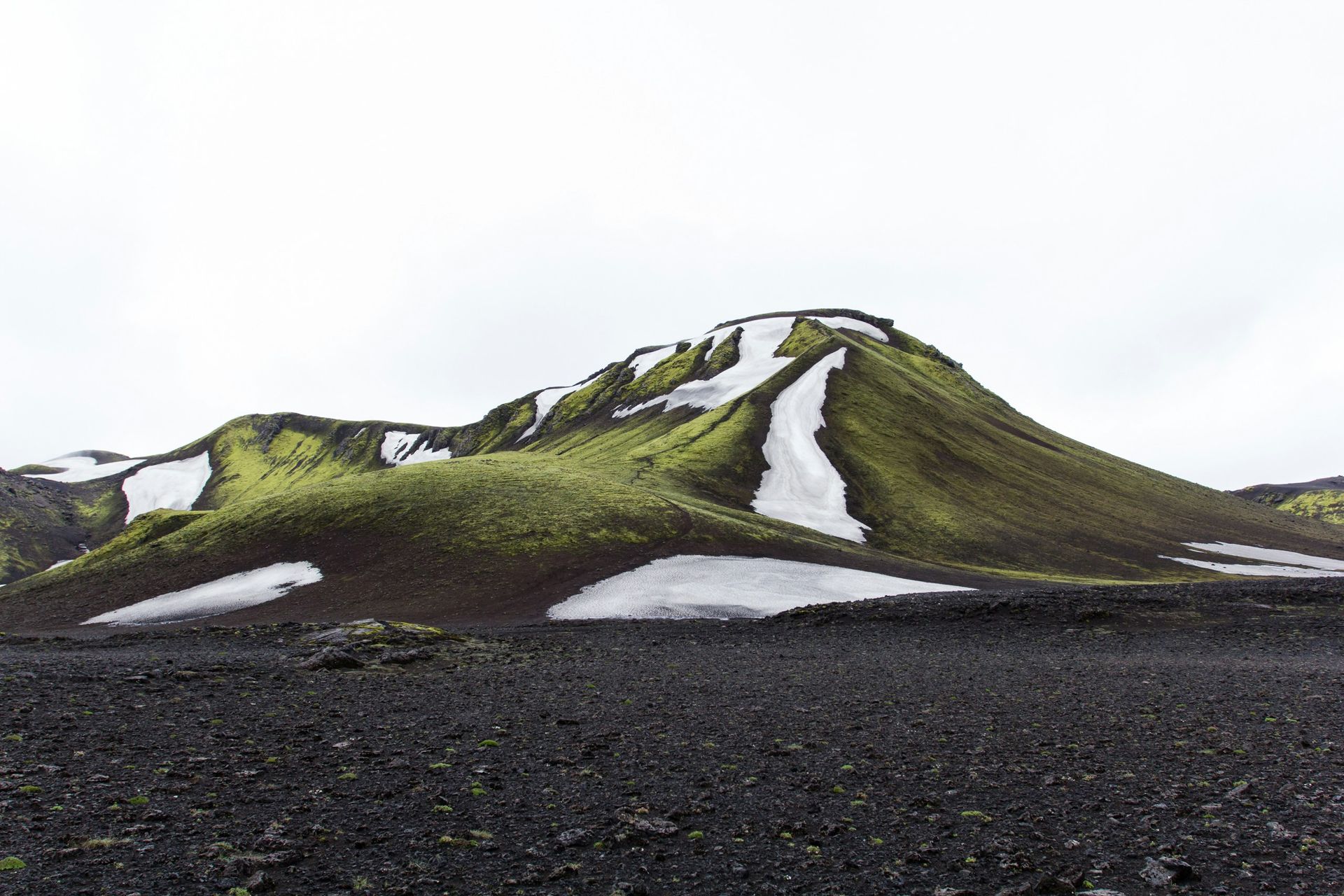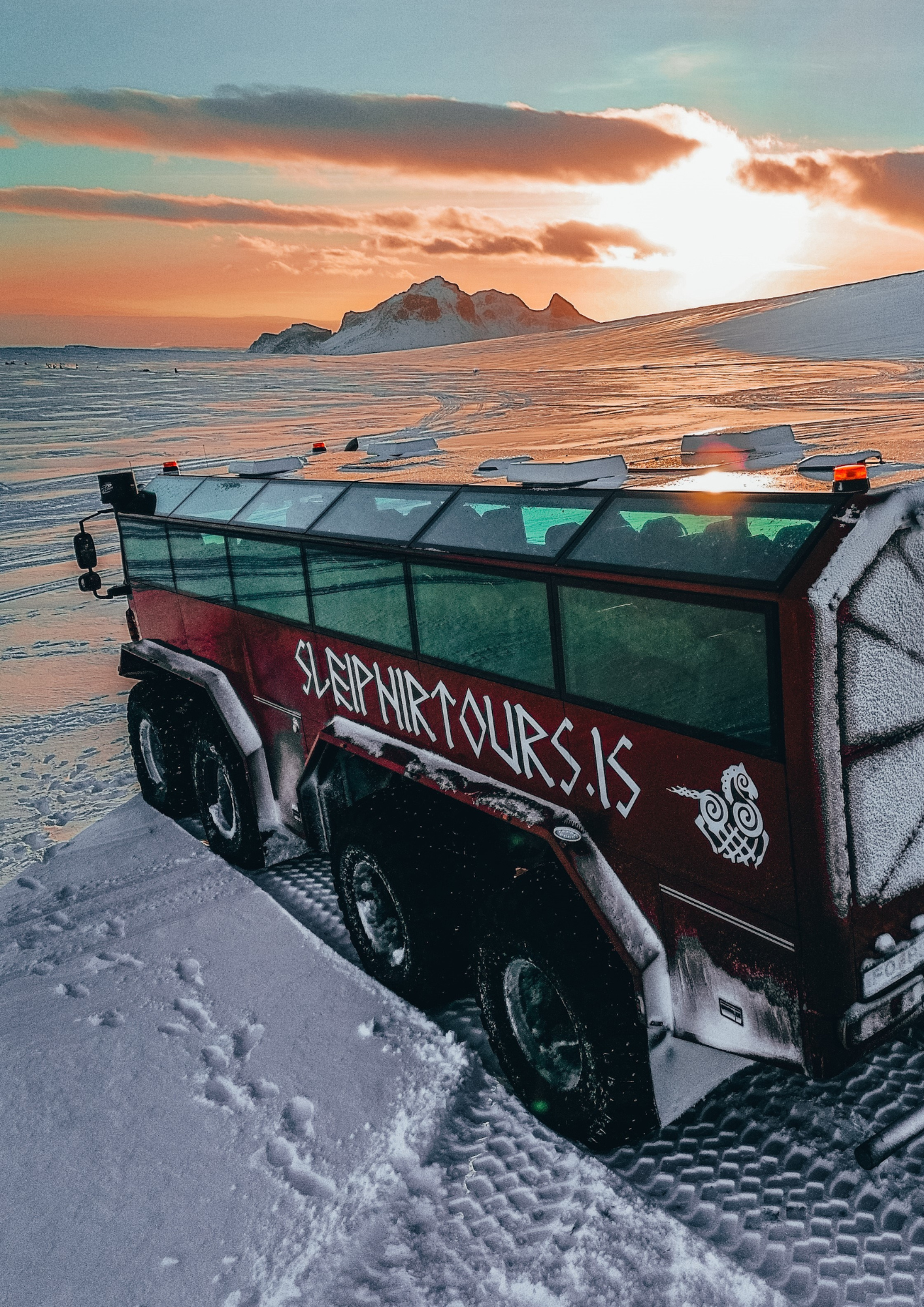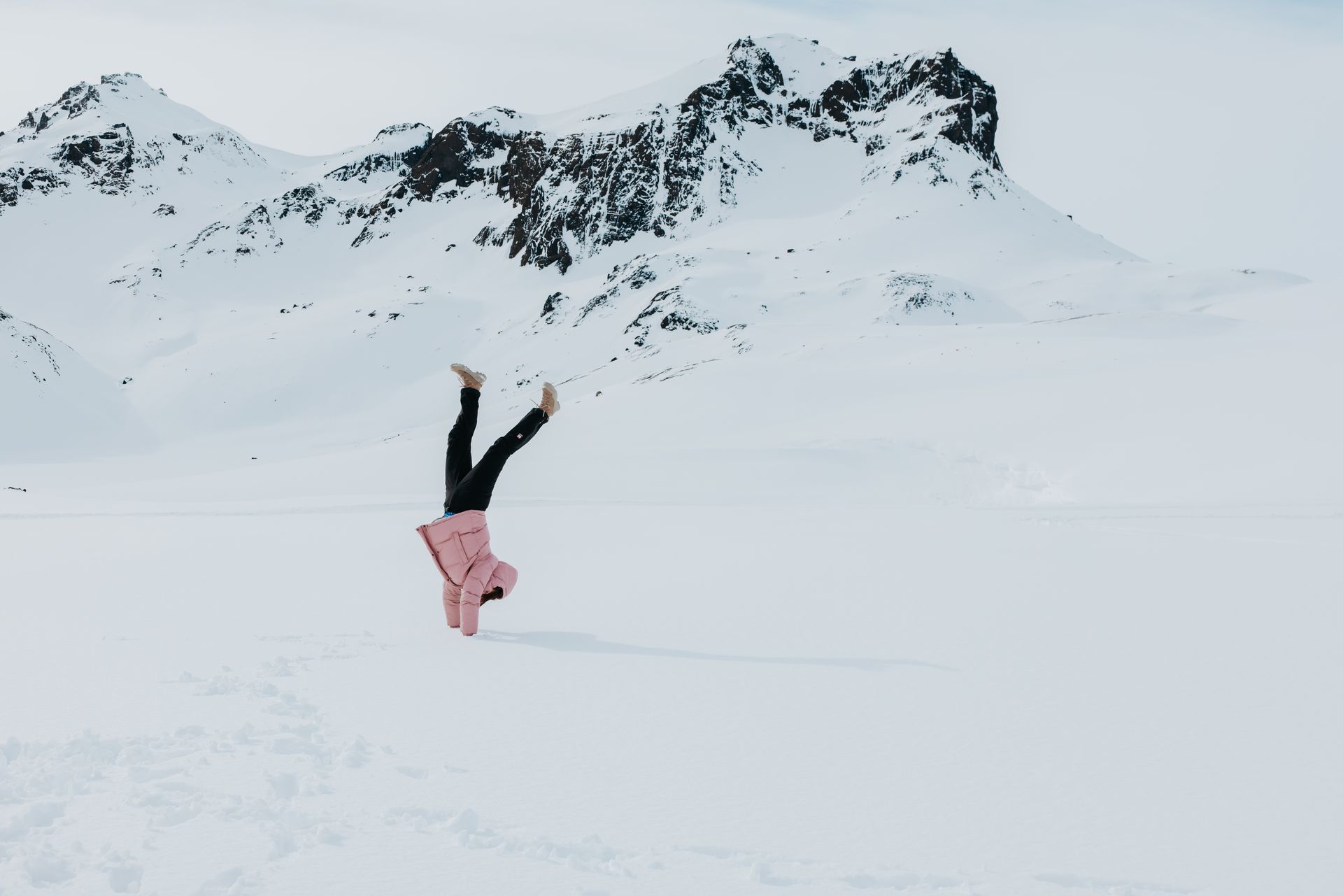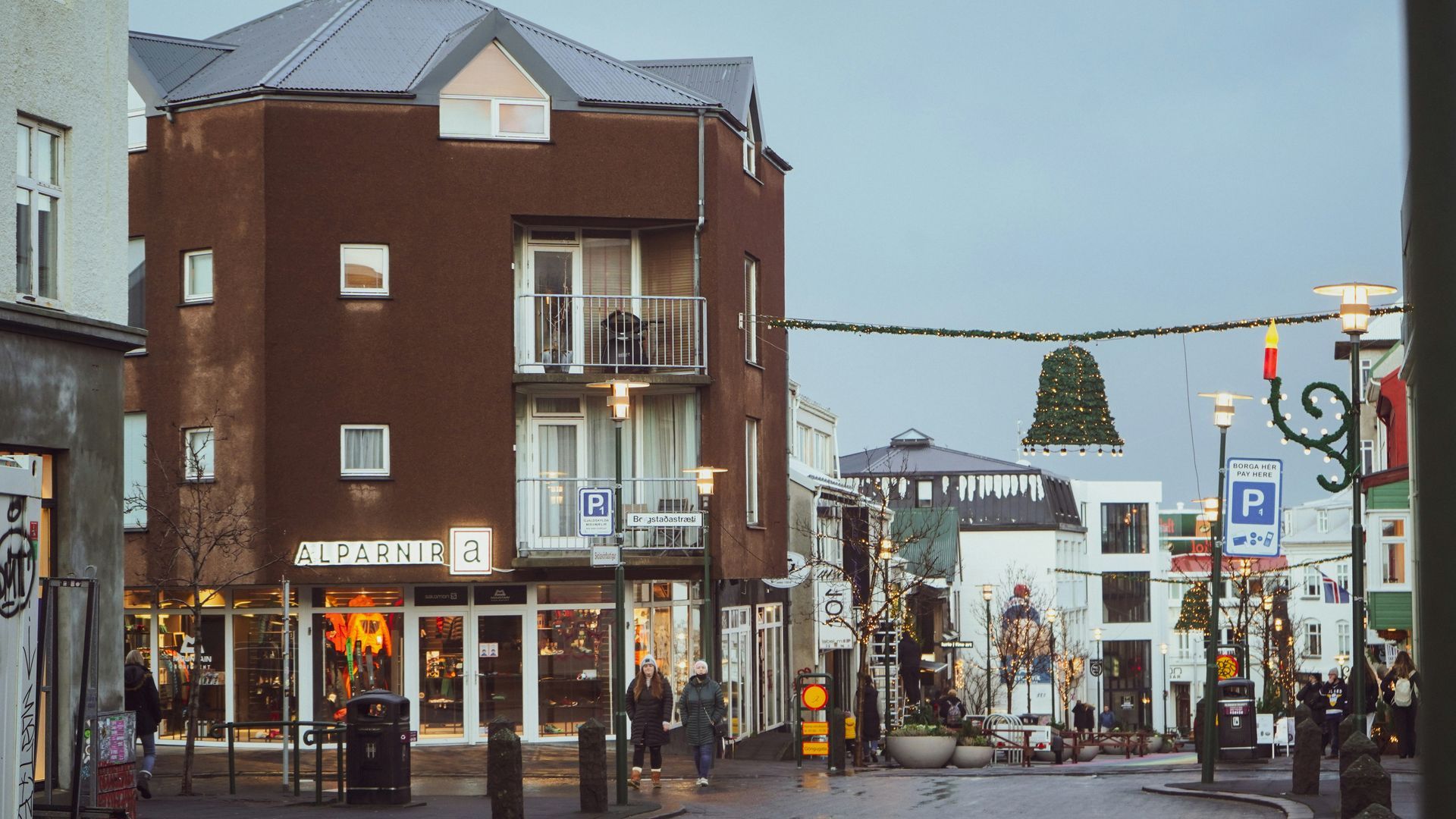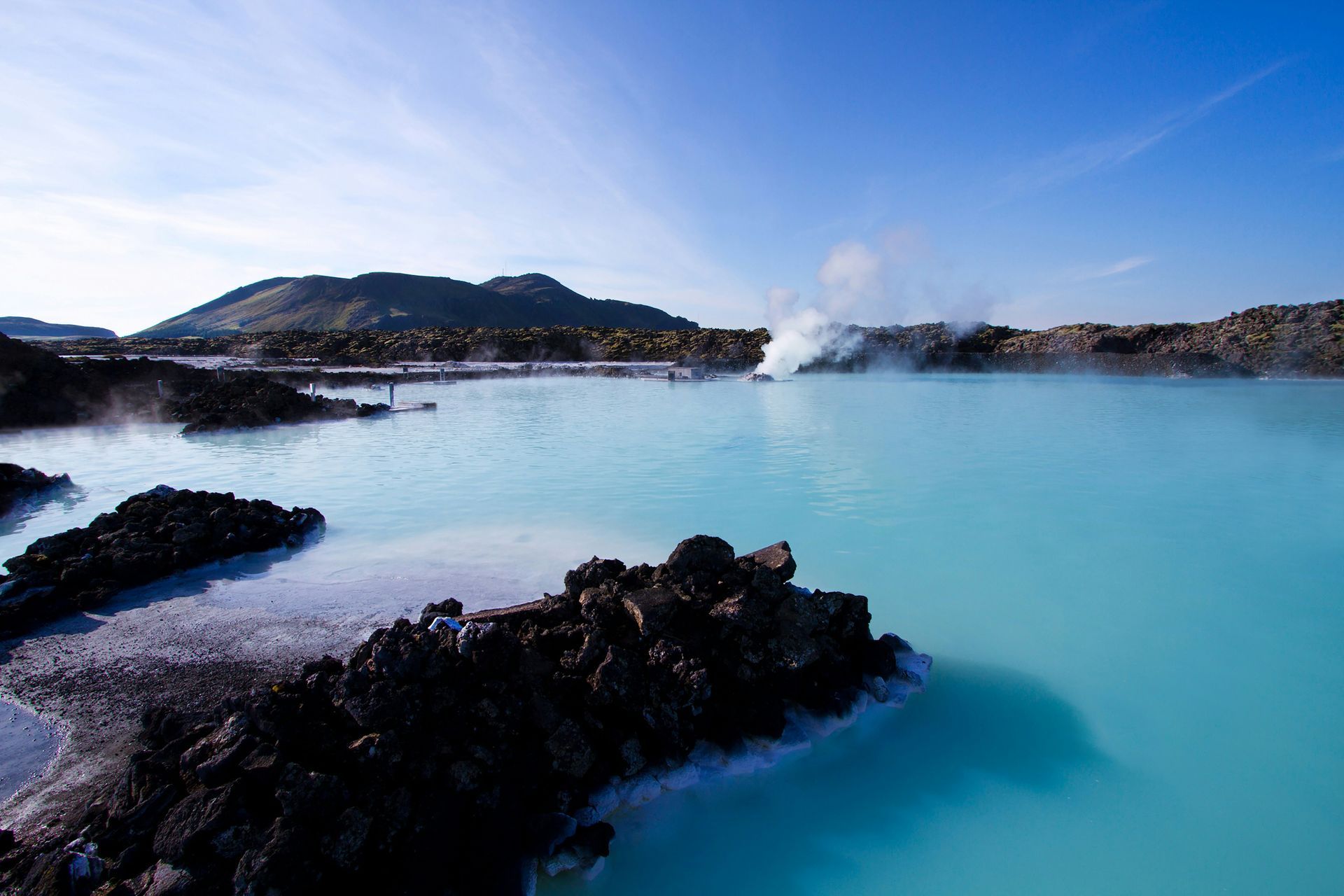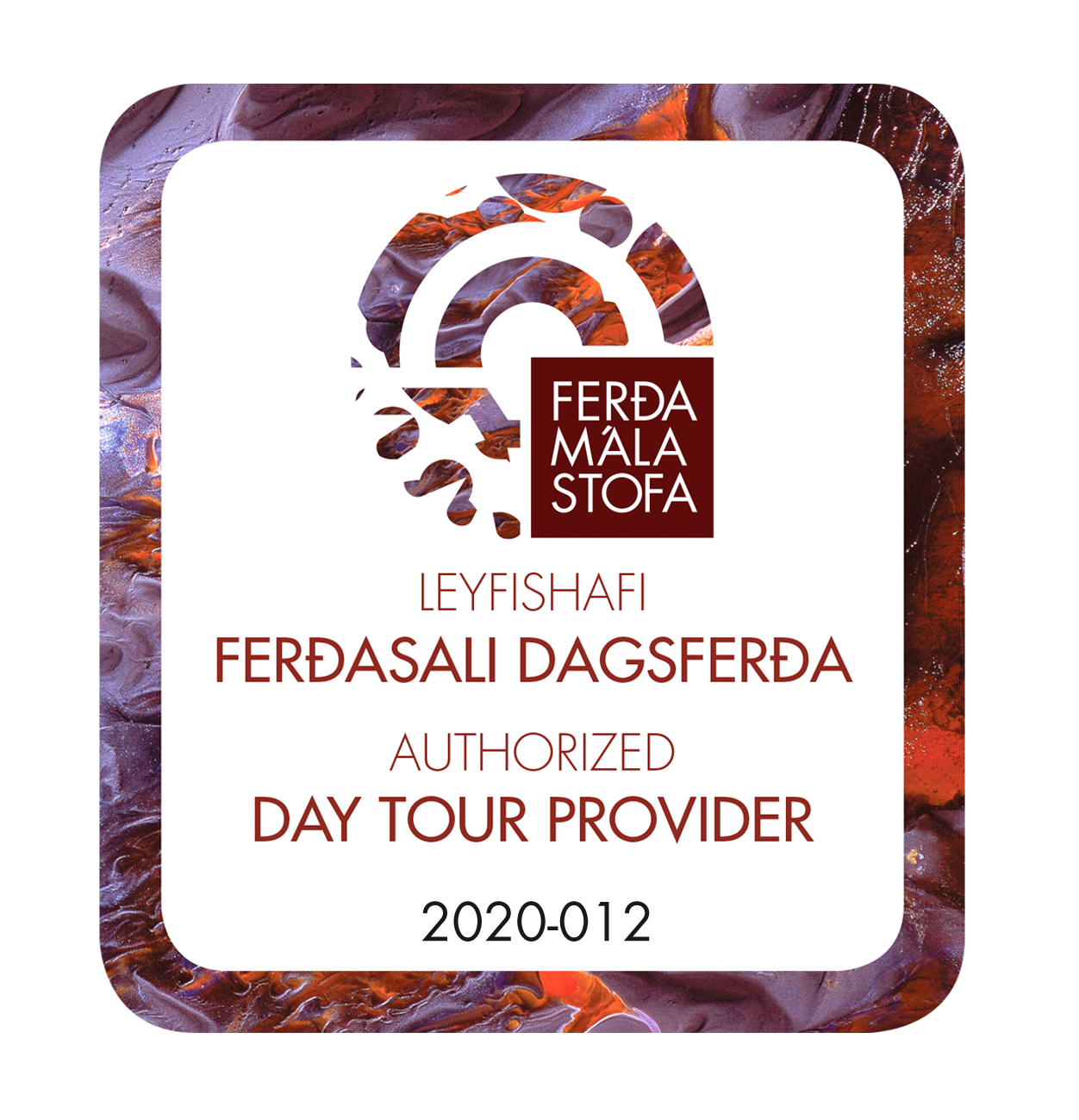Why do Ice Caves Form?
Why do Ice Caves Form?
Natural ice caves are among
the top tourist attractions in Iceland. It's not just a faceless statistic; most of the tourists touring on a glacier with our Sleipnir
glacier monster trucks
confirm how much they want to explore natural ice caves themselves. Who wouldn't fall in love with
the mesmerizing blue-hued walls
and all their irregular, amazing shapes? But have you ever wondered how ice caves form on glaciers?
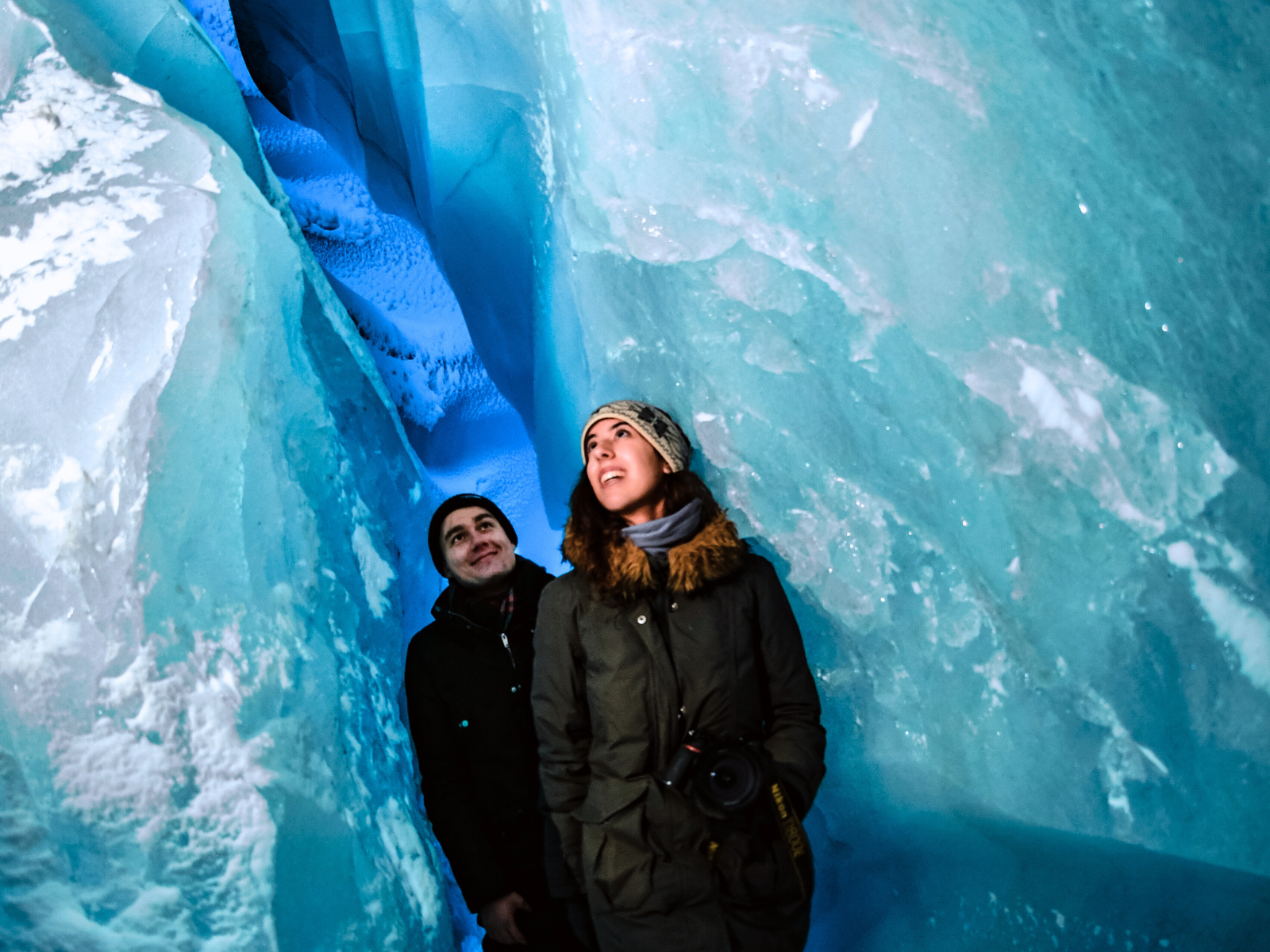
The Process of Forming an Ice Cave
In short, the recipe for a glacial cave is the summer sun, which heats the air, water, and ice, and gravity. When meltwater flows through crevasses or other openings in the ice, it creates tunnels and chambers within the glacier. As the meltwater continues to flow through these channels, it erodes and melts the ice around it, slowly carving out larger and larger spaces. Over time, these channels and chambers can become quite extensive, forming intricate networks of passages and rooms within the glacier. The walls and ceilings of these spaces are often smooth and polished, giving them a beautiful and otherworldly appearance.

Natural Ice Caves do not Have a Twin
This process makes every natural ice cave in Iceland unique, and we have hundreds of photos to prove it. Yes,
not all of them have the ocean blue color you see on Instagram. For instance, our recently discovered ice cave, shown in the photo on the right, is much darker. Its color comes from volcanic ashes trapped in ice for around 500 years. There are also many rough textures inside and other
interesting ice formations. For example, on one of our latest glacier ice cave tours, we found a peculiar shape that you can see in the photo below.
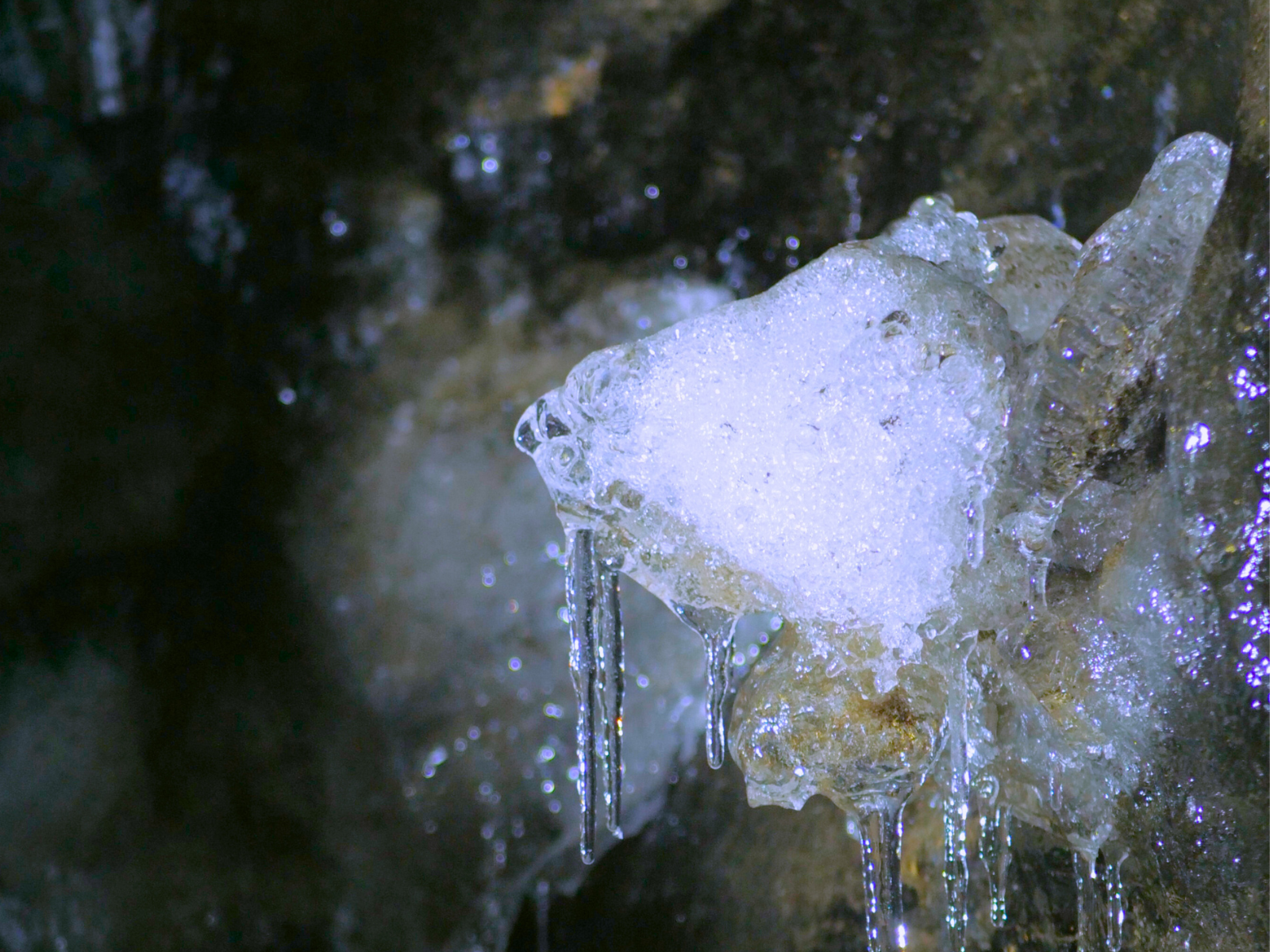

Behind the Scenes
Only 24 hours earlier, the entrance to the ice cave that you see in the photo above was tall and wide enough for an adult person to comfortably walk through. With the increase in temperature, it took considerable
effort to enlarge the hole to its previous size. This is probably the most overlooked part of the ice cave experience in Iceland. During the ice cave season, our Sleipnir tour crew must constantly work on ice cave maintenance, curving steps in snow, widening the entrance, or providing light inside. Just to let you know, we’re not complaining. Seeing the wide-open eyes in amazement of tourists who go with us on tours is
a
very satisfying and rewarding feeling.

Winter Wonderland
We wish the ice cave season in Iceland would last the whole year. However, the Icelandic wilderness is quite different from an amusement park. The weather plays a huge factor in the experience. Ice caves don't like rain and high temperatures. With constant rain, ice caves can be flooded with an amount of water that exceeds technical abilities to be drawn away. Therefore, the best time to enjoy ice cave glacier tours is during the coldest winter months, between October and January. That said, no winter is the same in Iceland. Sometimes the season can go way further - like this year - when our ice cave was open until the end of March.
Thank you for reading to the end. We would love to share more glacier facts and stories with you in person during one of our unforgettable glacier tours. We hope to see you on board soon!
P.S. For our readers we prepared Special Code -25% for all Glacier Tours from Gullfoss. Use the code 👉SLEIPNIRBLOG during booking.
Read more blogs about Iceland
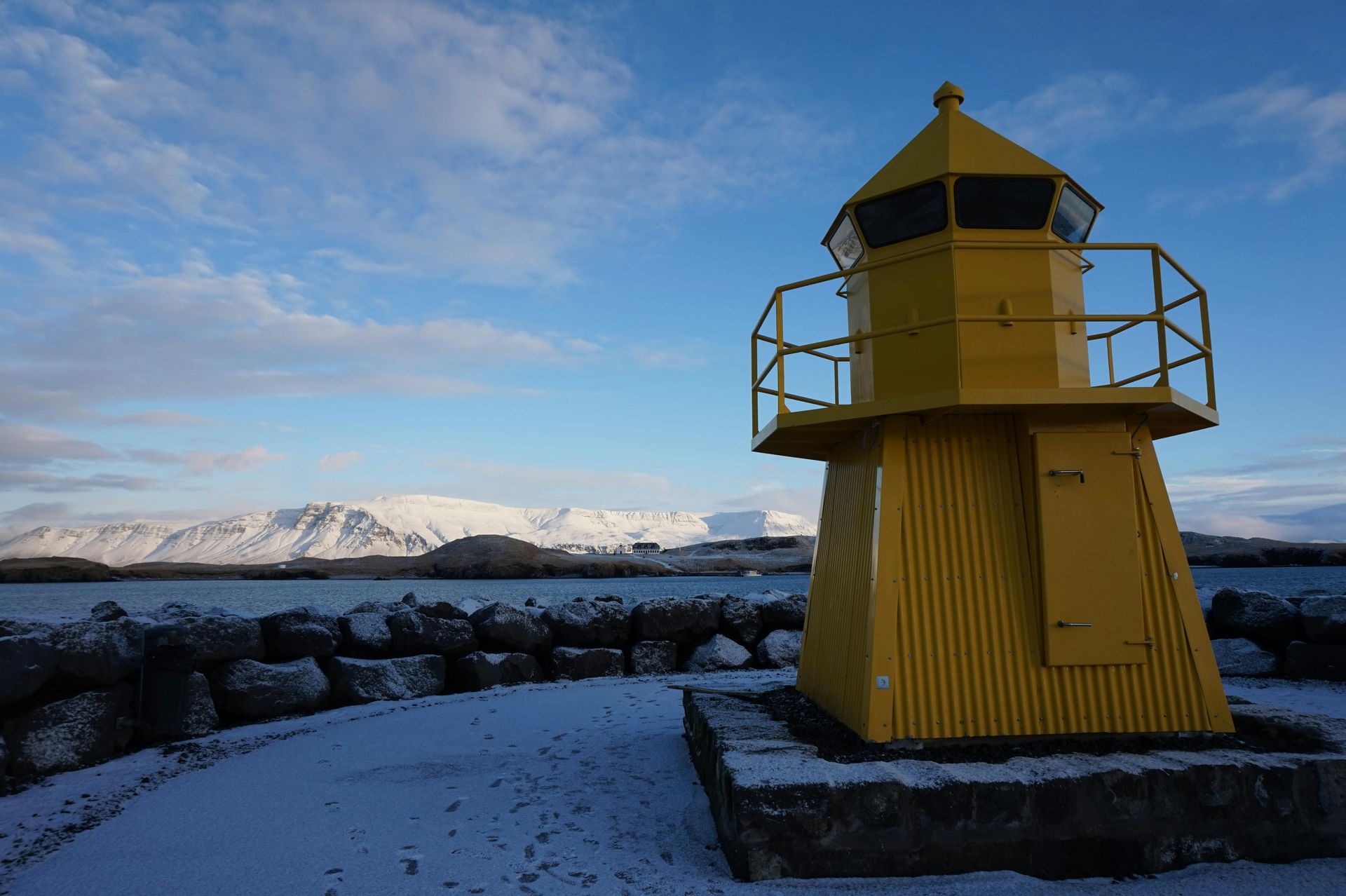
Share This Blog Post



